When it comes to healthy eating, cooking is often seen as the gold standard—steamed vegetables, grilled proteins, and roasted roots make regular appearances on wholesome dinner plates. But what many people don’t realize is that certain nutrient-packed superfoods are actually more beneficial when left raw. While heat can enhance the flavor and even unlock nutrients in some foods (like tomatoes or carrots), it can also destroy delicate compounds in others—particularly antioxidants, enzymes, and water-soluble vitamins like vitamin C and folate.
That’s where this list comes in. These 25 superfoods are nutritional powerhouses, but only when you skip the stove. From leafy greens and crunchy vegetables to heart-healthy oils and vibrant fruits, each of these ingredients offers its fullest potential when enjoyed in their raw, natural state. Whether it’s preserving the detoxifying compound sulforaphane in broccoli or keeping the probiotic benefits of sauerkraut intact, the science is clear: sometimes, raw really is better.
Incorporating more raw superfoods into your daily routine doesn’t have to be complicated. Simple tweaks—like tossing spinach into a smoothie instead of sautéing it, or enjoying a handful of raw nuts instead of roasted ones—can make a surprising difference to your nutrient intake. Not only will you be giving your body more of what it needs to thrive, but you’ll also add fresh textures and flavors to your meals. So before you turn on the oven or fire up the skillet, take a look at these 25 superfoods that thrive in their raw form. Your body (and your taste buds) might just thank you for it. Let’s dive in and explore which foods are better left uncooked—and why.
1. Cucumbers
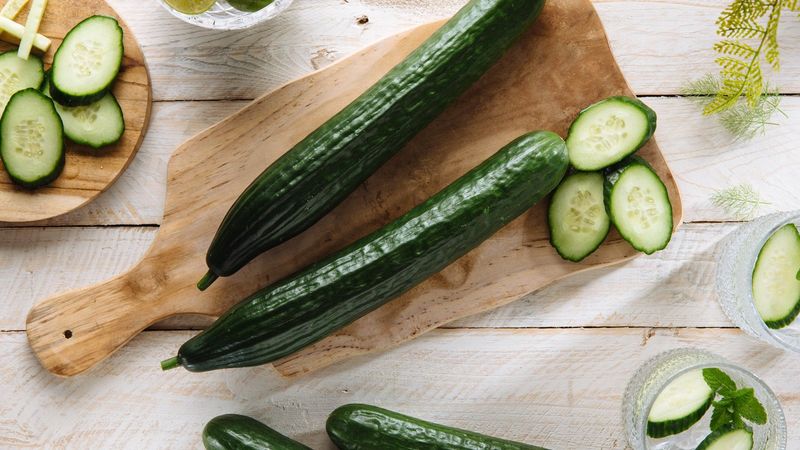
Crisp and refreshing, cucumbers deliver maximum hydration and nutrition when enjoyed in their natural state. The peel contains most of the vegetable’s vitamin K, which helps your blood clot properly and keeps your bones strong.
Cooking cucumbers breaks down their cellular structure, causing water-soluble vitamins to leach out. The satisfying crunch also disappears when heat is applied, removing one of the cucumber’s most appealing qualities.
For a quick nutritious snack, try cucumber slices with a sprinkle of sea salt or dipped in hummus. The cool, refreshing taste makes them perfect for hot summer days when your body needs extra hydration.
2. Watercress
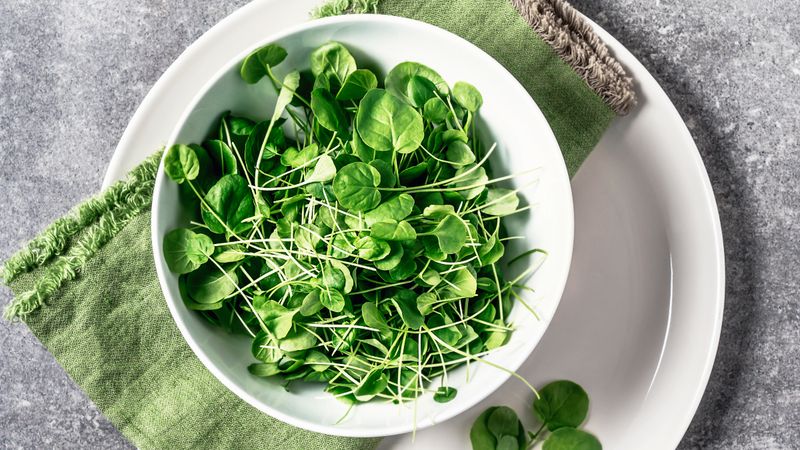
Tiny but mighty, watercress ranks among the most nutrient-dense vegetables on the planet. Its distinctive peppery flavor comes from beneficial compounds that protect cells from damage and may help prevent certain diseases.
Heat quickly breaks down these delicate compounds, diminishing both flavor and health benefits. The crisp stems and tender leaves contain more vitamin C than oranges, but this vitamin is highly sensitive to heat.
Try adding fresh watercress to sandwiches instead of lettuce, or create a simple salad with lemon juice and olive oil. Even a small handful provides impressive nutrition, including calcium for strong bones and vitamin K for proper blood clotting.
3. Seaweed
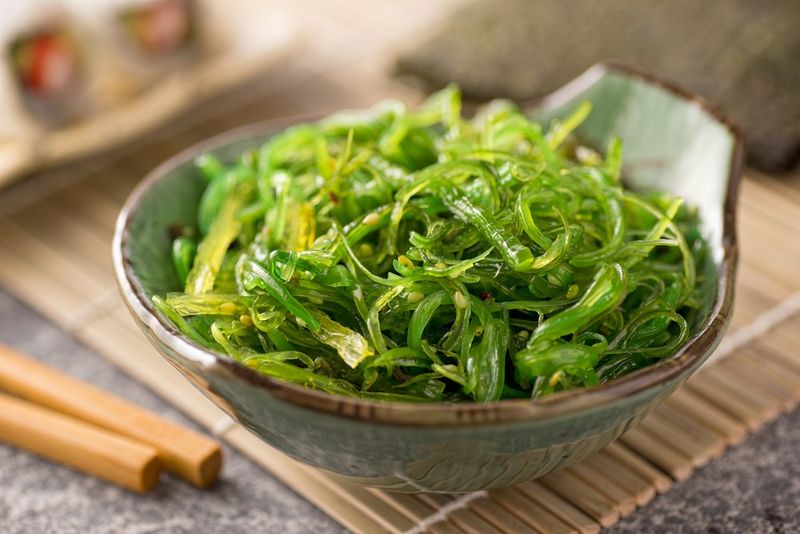
Straight from the sea, raw seaweed delivers an impressive array of minerals not commonly found in land vegetables. Varieties like nori, dulse, and wakame contain natural iodine that supports proper thyroid function without the need for supplements.
Cooking seaweed can break down its delicate enzyme structure and reduce mineral content. Many Asian cuisines feature raw seaweed in salads and wraps to preserve these beneficial properties.
Beyond minerals, seaweed provides unique plant compounds that support gut health and may help remove heavy metals from the body. Look for dried seaweed snacks or rehydrate dried seaweed in cold water for salads to enjoy these ocean-based benefits.
4. Avocados
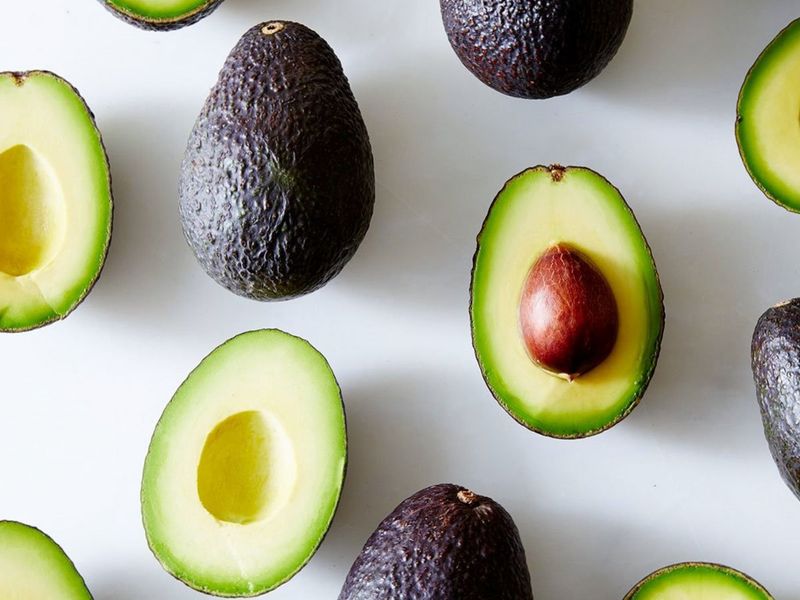
Nature’s butter, the avocado contains heart-healthy monounsaturated fats that can actually lower bad cholesterol levels. When exposed to heat, these beneficial fats break down and lose their protective qualities.
The creamy texture of raw avocados makes them perfect for spreading on toast or blending into smoothies. Beyond fats, they provide fiber for digestive health and potassium that helps regulate blood pressure.
Avocados also contain fat-soluble vitamins that your body absorbs better when eaten with the fruit’s natural oils intact. Simply slice one open, add a squeeze of lime juice and a sprinkle of salt for a quick, nutritious snack that preserves all its natural goodness.
5. Berries
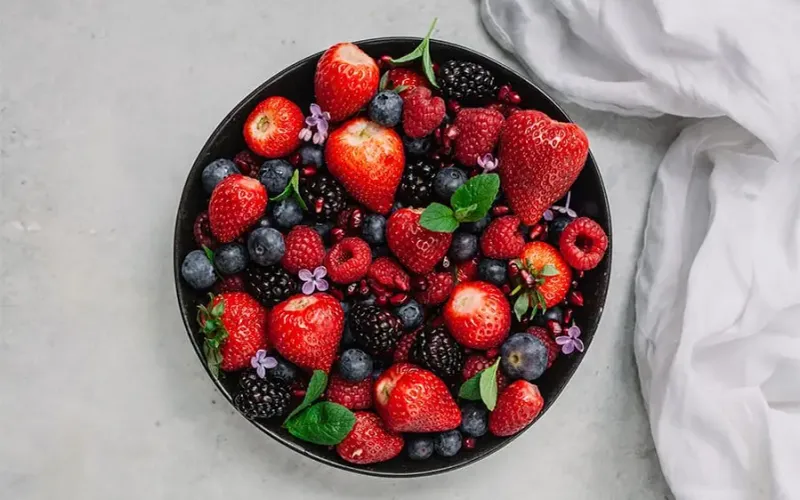
Bursting with color and flavor, raw berries contain some of the highest antioxidant levels of any food. These powerful compounds fight aging at the cellular level and help protect against chronic diseases.
Heat processing significantly reduces these delicate antioxidants, particularly in softer berries like raspberries and blackberries. The vibrant colors of berries actually indicate their antioxidant content – deeper colors generally mean more beneficial compounds.
Fresh berries also provide vitamin C and fiber that support immune function and digestive health. Frozen berries maintain most of their nutrition when frozen at peak ripeness, making them a great year-round option when you can’t find fresh ones.
6. Olive Oil
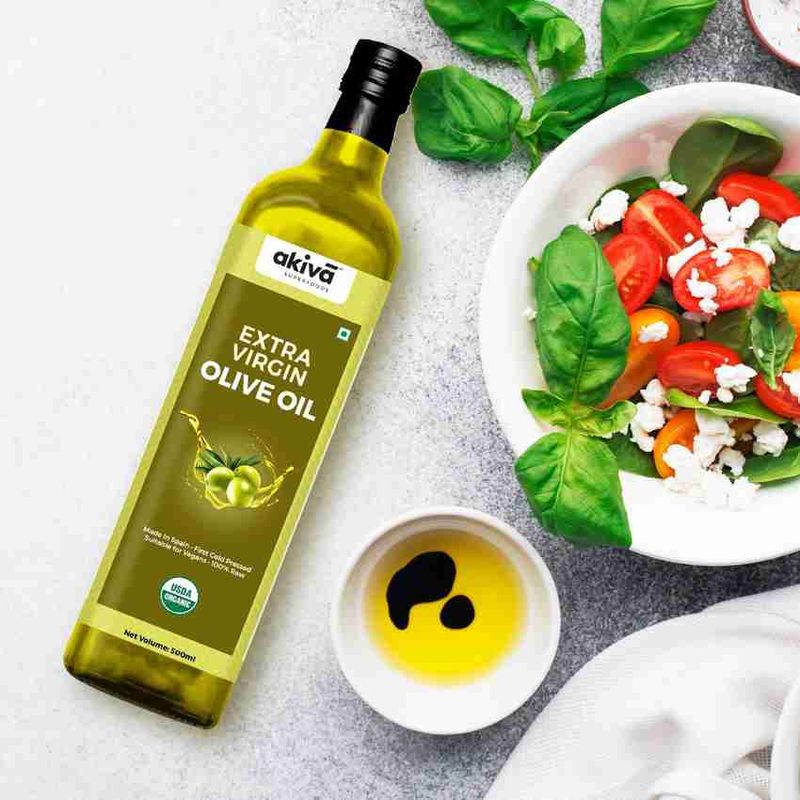
Liquid gold for your health, extra virgin olive oil contains polyphenols that protect your heart and reduce inflammation throughout the body. High heat destroys these sensitive compounds and can even create harmful substances.
Using olive oil in its raw state ensures you receive all its natural benefits. The distinctive peppery sensation at the back of your throat when tasting quality olive oil actually comes from oleocanthal, an anti-inflammatory compound similar to ibuprofen.
Drizzle raw olive oil over finished dishes, use it in homemade salad dressings, or combine with balsamic vinegar for bread dipping. For maximum benefits, store your olive oil in a dark bottle away from heat and light to prevent oxidation.
7. Red Bell Peppers
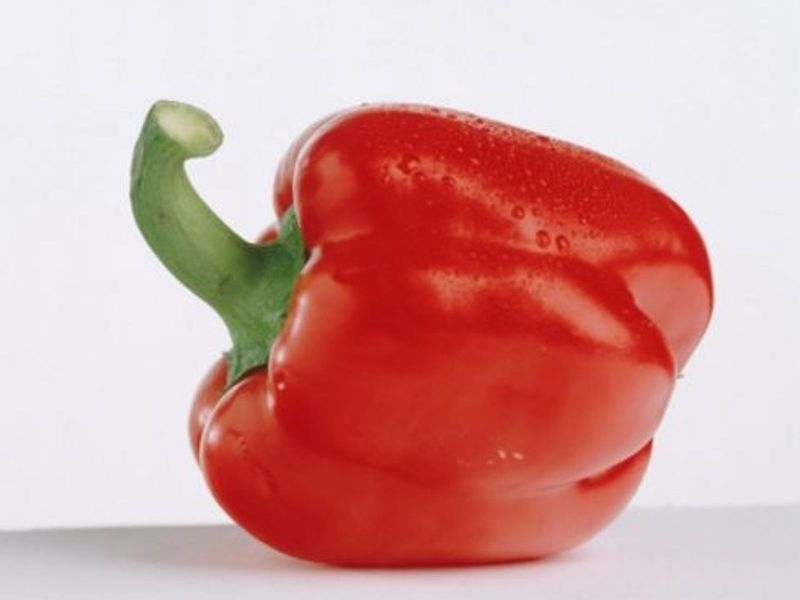
Surprisingly, red bell peppers contain more vitamin C than oranges – almost three times as much! This important nutrient supports immune function and helps your body produce collagen for healthy skin.
Cooking red peppers can destroy up to 50% of their vitamin C content. The bright red color comes from carotenoids like beta-carotene and lycopene, which work as antioxidants in your body.
The satisfying crunch of raw red peppers makes them perfect for dipping or adding to salads. For a quick nutritious snack, slice them into strips and pair with hummus or guacamole. Their naturally sweet flavor appeals to kids and adults alike, making them an easy way to boost raw food intake.
8. Sauerkraut
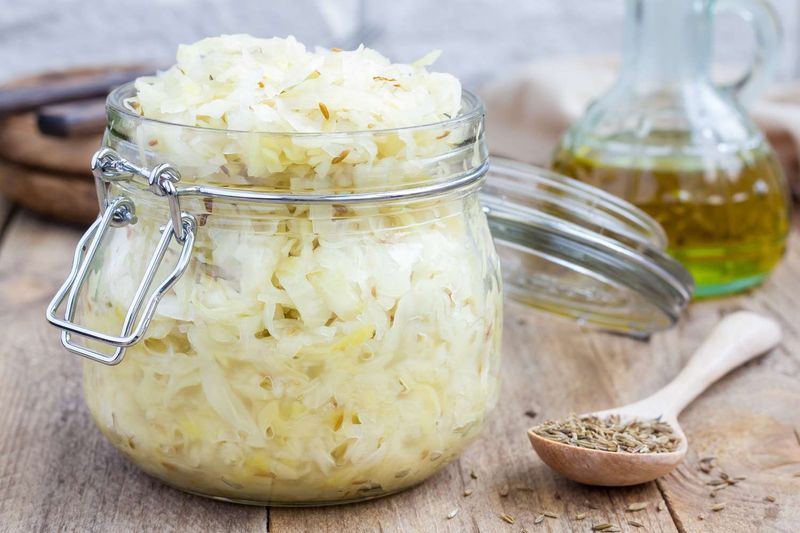
Traditional unpasteurized sauerkraut contains billions of beneficial bacteria that support gut health and immune function. These living microorganisms help break down food, produce vitamins, and crowd out harmful bacteria in your digestive system.
Heating sauerkraut above 115°F kills these beneficial bacteria, turning a probiotic powerhouse into simple cooked cabbage. The fermentation process also creates unique enzymes that aid digestion, but these too are destroyed by cooking.
Look for raw sauerkraut in refrigerated sections of health food stores – not the shelf-stable kind in cans. A small serving daily can help maintain a healthy gut microbiome. The tangy flavor adds interest to sandwiches, salads, and grain bowls without needing any cooking.
9. Nuts
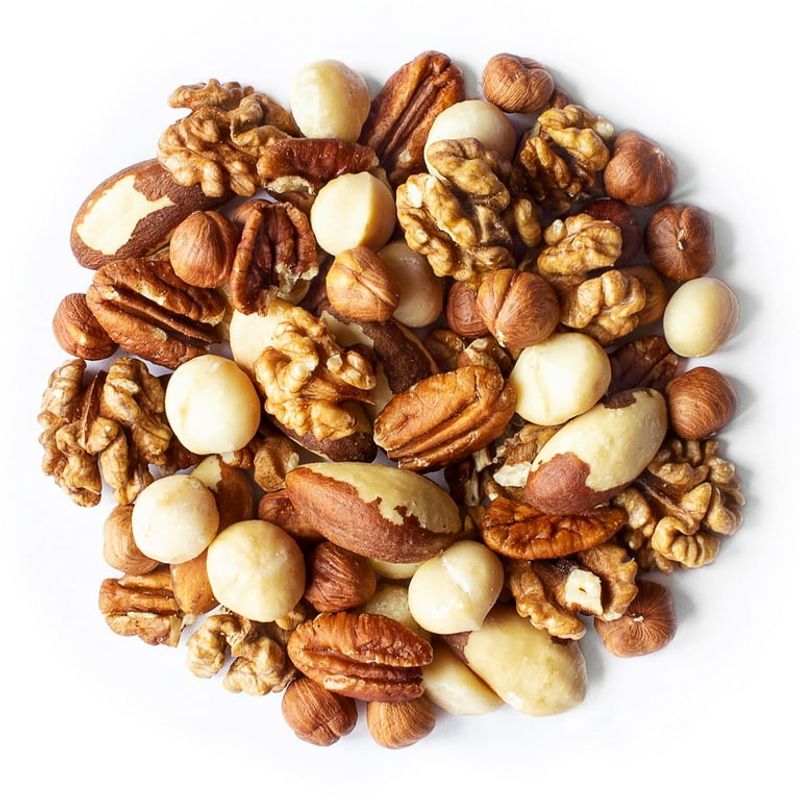
Raw nuts provide a perfect package of healthy fats, protein, fiber, and minerals in their natural state. Almonds, walnuts, and cashews contain delicate oils that can become damaged when exposed to high heat during roasting.
The roasting process often involves additional oils and salt that aren’t necessary for flavor or nutrition. Raw nuts have a milder, creamier taste that lets their natural flavors shine through.
For better digestion and nutrient absorption, try soaking raw nuts overnight in water. This simple step reduces compounds called phytates that can block mineral absorption. Store raw nuts in the refrigerator or freezer to prevent their natural oils from going rancid.
10. Onions
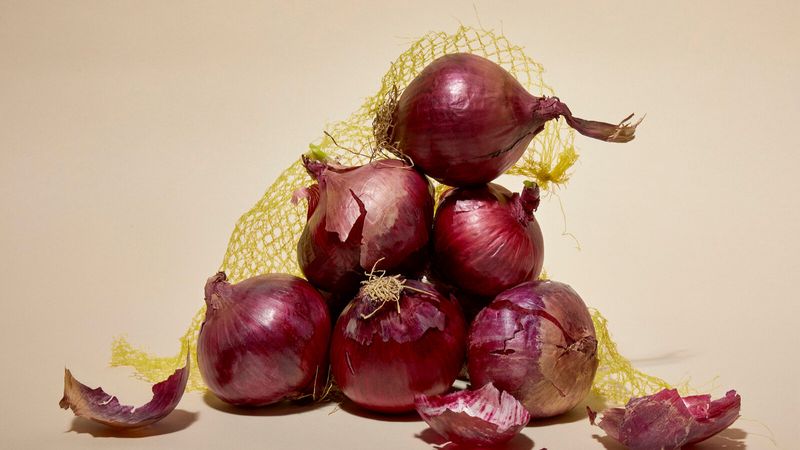
Fresh onions contain powerful sulfur compounds that support heart health and boost your immune system. When you cook them, many of these beneficial compounds break down and lose their effectiveness.
Raw onions add zippy flavor to salads and sandwiches while delivering their full nutritional benefits. If the strong taste seems overwhelming, try soaking sliced onions in cold water for 10 minutes to mellow the flavor.
Red onions specifically contain more antioxidants than white varieties, making them an even better choice for raw consumption. Chop them finely to top tacos or stir into guacamole for a nutrition boost!
11. Broccoli
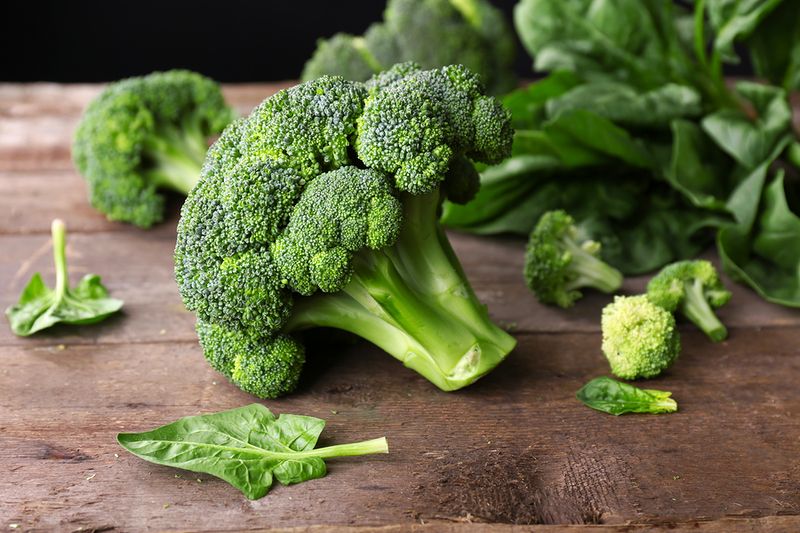
Crunchy raw broccoli contains sulforaphane, a powerful compound that helps your body fight off potential cancer cells. This amazing substance forms when you chop or chew raw broccoli, bringing together two components that create a protective reaction.
Cooking broccoli, especially boiling, can reduce sulforaphane content by up to 90%. The enzyme needed to create this beneficial compound gets destroyed at temperatures above 158°F, long before broccoli is fully cooked.
Try adding finely chopped raw broccoli to salads or slaws for maximum benefits. If you prefer some softness, quickly blanch broccoli for just 20-30 seconds in boiling water followed by an ice bath – this preserves most of the beneficial compounds while taking away the raw edge.
12. Garlic
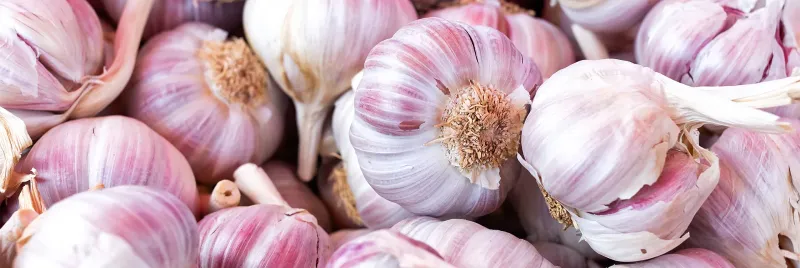
Ancient civilizations recognized garlic’s medicinal qualities thousands of years ago, and modern science confirms these benefits come from allicin. This powerful compound forms only when raw garlic is crushed or chopped and exposed to air.
Cooking garlic immediately after cutting prevents allicin formation, significantly reducing its anti-inflammatory and antimicrobial properties. For maximum benefit, chop garlic and let it rest for 10 minutes before using it in uncooked preparations.
Raw garlic adds punchy flavor to salad dressings, dips, and pestos. If the strong taste concerns you, try finely mincing a small amount and mixing it with honey – an old folk remedy that delivers garlic’s benefits in a more palatable form.
13. Lemons

Bright and zesty, lemons provide vitamin C that boosts collagen production and supports immune function. This essential vitamin starts breaking down at just 86°F, well below cooking temperatures.
The white pith between the yellow peel and fruit contains valuable flavonoids that help reduce inflammation. Most people discard this part, but including some pith when zesting or juicing increases the nutritional value.
Fresh lemon juice makes an excellent replacement for high-sodium salt or high-calorie dressings. Try squeezing lemon over avocado toast, adding zest to overnight oats, or making a simple dressing with cold-pressed olive oil. Even adding a slice to plain water increases antioxidant intake while enhancing flavor.
14. Celery

More than just diet food, raw celery contains unique antioxidants called flavonoids that help reduce inflammation throughout the body. These compounds begin to degrade when exposed to heat, diminishing their protective effects.
The satisfying crunch of raw celery comes from its high water content and strong fiber structure. This combination supports hydration while also helping you feel full longer – a perfect combination for healthy weight management.
Celery’s natural sodium content makes it a smart post-workout snack to replenish electrolytes. For a quick nutritious treat, fill celery stalks with almond butter or hummus. Even the leaves are edible and particularly rich in nutrients, so consider adding them to salads instead of throwing them away.
15. Coconut

Young coconut meat provides a perfect balance of hydration, healthy fats, and minerals in its raw state. The soft, jelly-like texture contains enzymes that support digestion and metabolism.
Cooking coconut meat concentrates the fat content while removing the natural electrolytes that make it so hydrating. Fresh coconut water naturally accompanies the meat and contains potassium, magnesium, and sodium in an ideal balance for rehydration.
Raw coconut meat makes a delicious addition to smoothies and breakfast bowls. The mild, slightly sweet flavor pairs well with tropical fruits like mango and pineapple. Look for young Thai coconuts with their distinctive pointed shape for the softest, most hydrating meat.
16. Sprouts
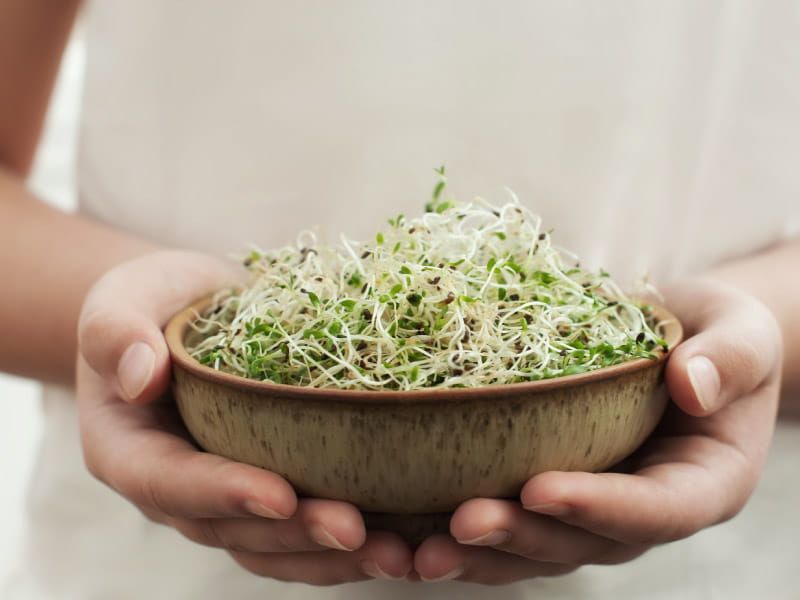
Tiny powerhouses of nutrition, sprouts represent the most vital stage of plant growth. During germination, the seed converts stored nutrients into their most bioavailable form, creating enzymes that help our bodies digest and absorb nutrients more effectively.
Heat quickly destroys these delicate enzymes, eliminating one of sprouts’ key benefits. Raw sprouts also contain higher protein content than their fully-grown counterparts – broccoli sprouts contain up to 35% protein compared to just 3% in mature broccoli.
Different varieties offer unique benefits: alfalfa sprouts provide vitamin K, mung bean sprouts offer protein, and broccoli sprouts contain the highest levels of sulforaphane. Add them to sandwiches, wraps, and salads for a nutritional boost with a satisfying crunch.
17. Tomatoes
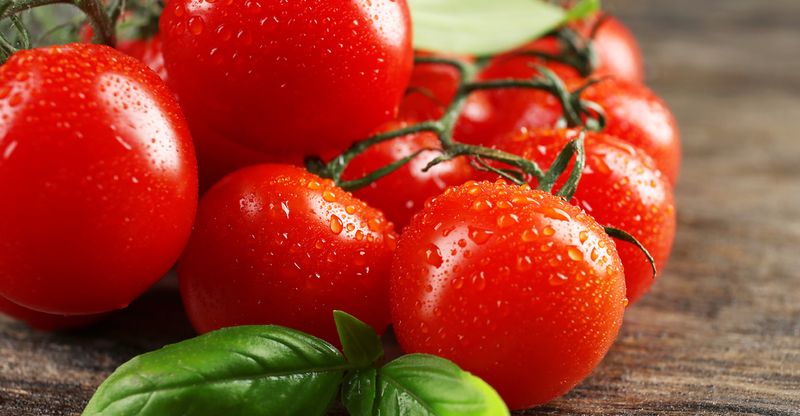
Sun-ripened tomatoes offer a perfect balance of nutrients that work differently depending on how you eat them. While cooking increases lycopene (the antioxidant that gives tomatoes their red color), it simultaneously decreases vitamin C content.
Raw tomatoes provide more vitamin C for immune support, plus natural enzymes that aid digestion. The juicy texture and bright acidity make them perfect for salads and sandwiches without any preparation needed.
For maximum nutrition, include both raw and cooked tomatoes in your diet. Cherry and grape varieties typically contain higher nutrient concentrations than larger tomatoes. Allowing tomatoes to ripen at room temperature rather than in the refrigerator develops more flavor and increases their antioxidant content.
18. Radishes
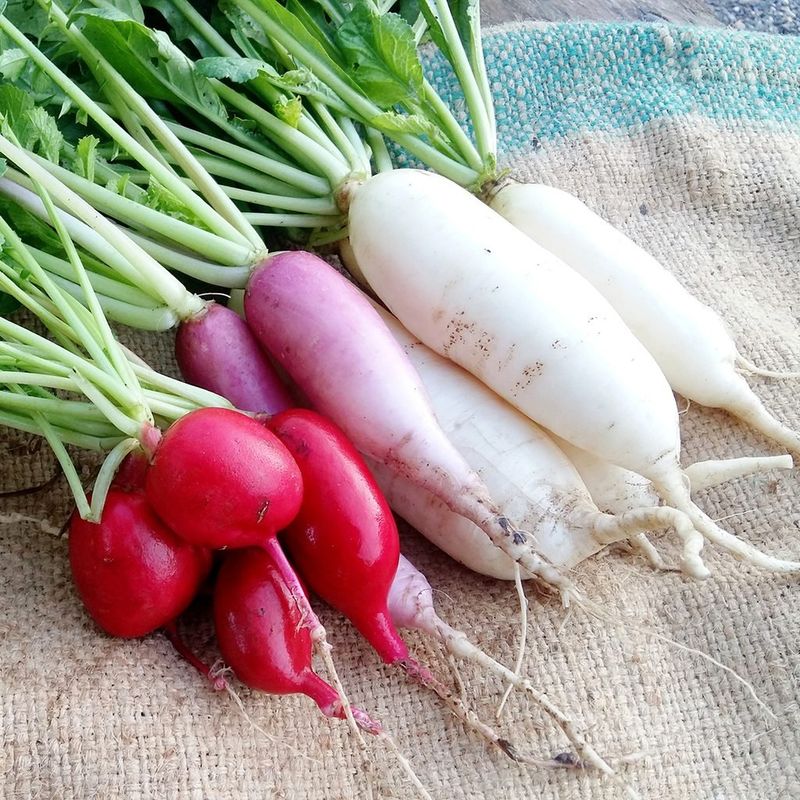
Crisp and spicy, raw radishes contain natural compounds that support your liver’s detoxification processes. These special chemicals, called glucosinolates, convert to active detoxifiers when the radish is chopped or chewed.
Cooking radishes significantly reduces these beneficial compounds and mellows their distinctive peppery flavor. The bright red skin contains additional antioxidants that help fight cellular damage throughout the body.
Beyond the common red variety, try watermelon radishes or daikon for different flavor profiles and nutrient combinations. Slice them thin for sandwiches, dice them for salads, or eat them whole with a sprinkle of salt. The leafy green tops are also edible and nutritious – try them in salads or quickly sautéed.
19. Carrots
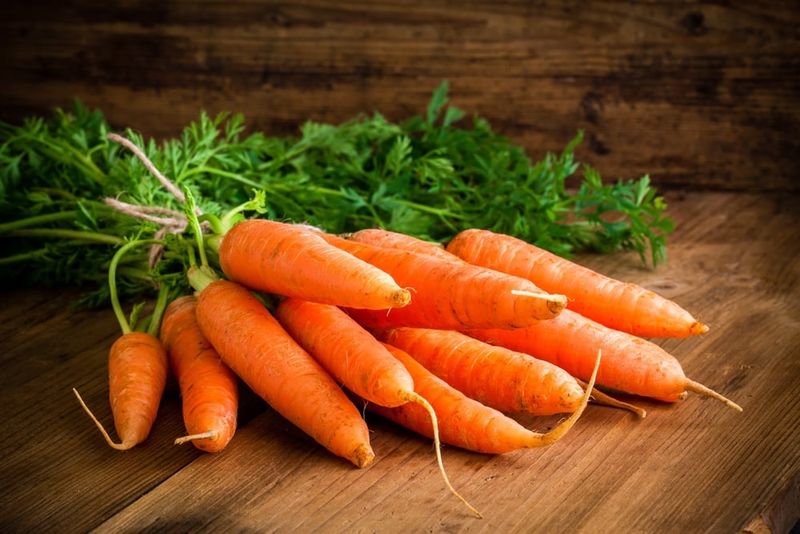
Vibrant orange carrots deliver beta-carotene that converts to vitamin A in your body, supporting healthy vision and immune function. While cooking slightly increases this conversion, it simultaneously decreases vitamin C and creates a mushier texture.
Raw carrots provide natural fiber that supports healthy digestion in a way that cooked carrots cannot match. The satisfying crunch also requires more chewing, which triggers greater satiety signals to your brain.
For a quick nutrient boost, dip raw carrot sticks in hummus or tahini. Purple and yellow carrot varieties offer different antioxidant profiles than orange ones, so mix them up for broader nutrition. Keeping the skin on after a good scrub preserves the nutrients concentrated just beneath the surface.
20. Spinach
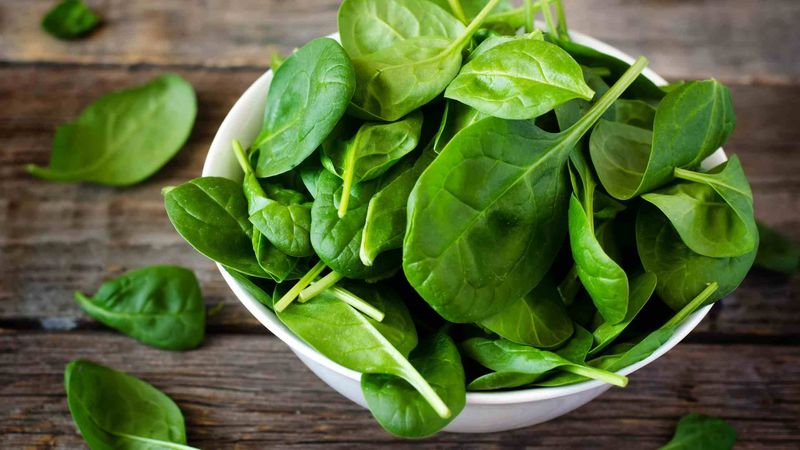
Popeye’s favorite vegetable packs an even bigger nutritional punch when eaten raw. Fresh spinach contains high levels of folate, a B vitamin essential for cell division and DNA synthesis that rapidly breaks down when heated.
The leafy green also provides vitamin C and iron, with the vitamin C helping your body absorb the iron more effectively. This beneficial relationship diminishes when spinach is cooked, as vitamin C is heat-sensitive.
Baby spinach offers a milder flavor than mature leaves, making it perfect for smoothies and salads. For the highest nutrient content, choose spinach with deep green leaves and crisp stems. Store it with a paper towel in the refrigerator to absorb excess moisture and extend freshness.
21. Beetroot
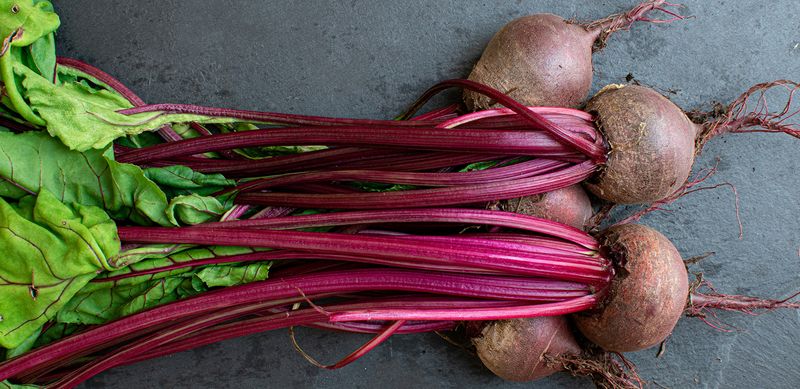
Intensely colored and earthy-sweet, raw beetroot contains more folate, fiber, and antioxidants than its cooked counterpart. The vivid purple-red pigments, called betalains, act as powerful antioxidants that support cellular health.
Cooking beets reduces these beneficial compounds and breaks down the natural nitrates that help improve blood flow and lower blood pressure. Raw beets also contain beneficial enzymes that support liver function and natural detoxification.
Try grating raw beets into salads or slicing them paper-thin for sandwiches. Their natural sweetness pairs well with acidic ingredients like citrus or apple cider vinegar. For easier digestion, marinate thinly sliced raw beets in lemon juice for 30 minutes before eating.
22. Wild Rice
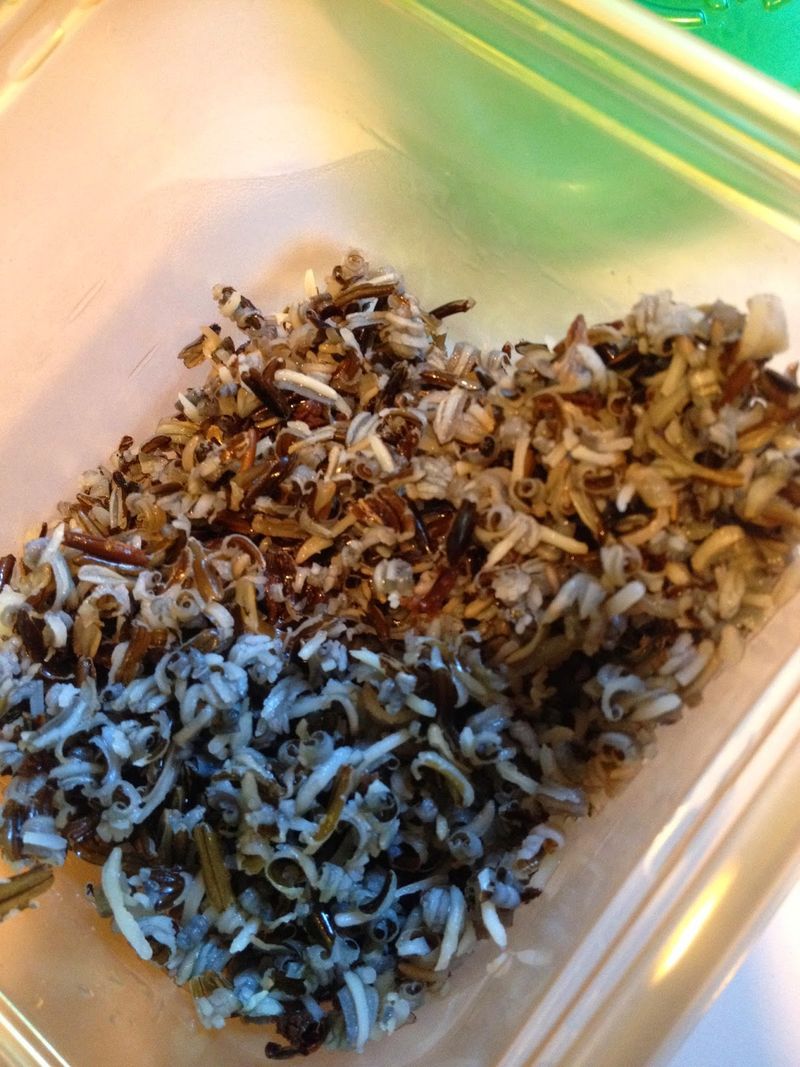
Few people realize that wild rice can be enjoyed raw when properly sprouted, transforming it from a simple grain into a living food. Soaking and sprouting activates enzymes that break down anti-nutrients and increase vitamin content.
The sprouting process increases protein availability and creates vitamin C that isn’t present in the dormant seed. Cooked wild rice loses these benefits along with the delicate sprout’s texture.
To sprout wild rice at home, soak it for 24 hours, then rinse and drain twice daily until tiny sprouts appear (usually 2-3 days). The resulting sprouted wild rice has a pleasant chewy texture and nutty flavor that works well in salads or grain bowls.
23. Kale
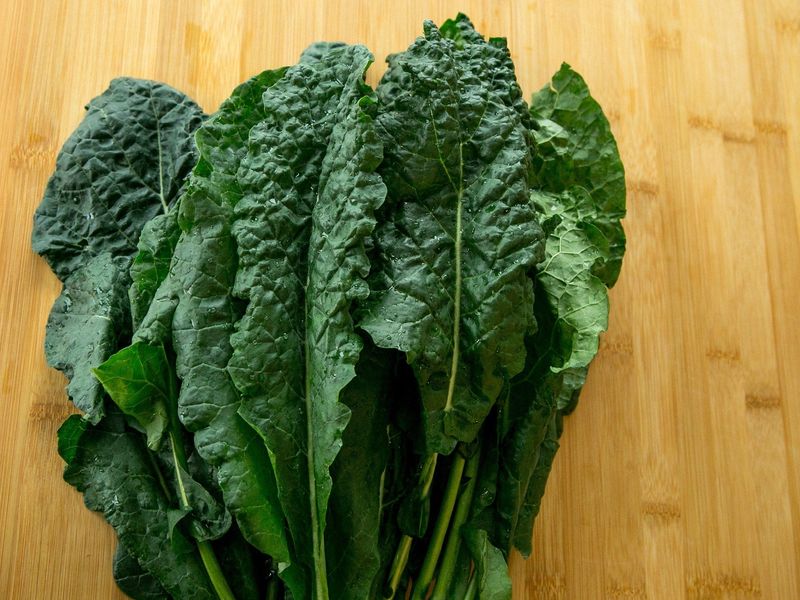
Dark and leafy, raw kale contains abundant chlorophyll that supports natural detoxification and may help control inflammation. This plant pigment begins breaking down as soon as heat is applied, reducing its beneficial effects.
Massaging raw kale with a bit of oil and salt breaks down its tough cell walls without cooking, making it more digestible while preserving nutrients. This simple technique transforms kale from somewhat bitter to surprisingly sweet and tender.
Beyond its famous vitamin K content (one cup provides over 600% of daily needs), raw kale delivers vitamin C and cancer-fighting glucosinolates. For easier digestion, remove the tough center stems before chopping or tearing the leaves for salads and slaws.
24. Arugula
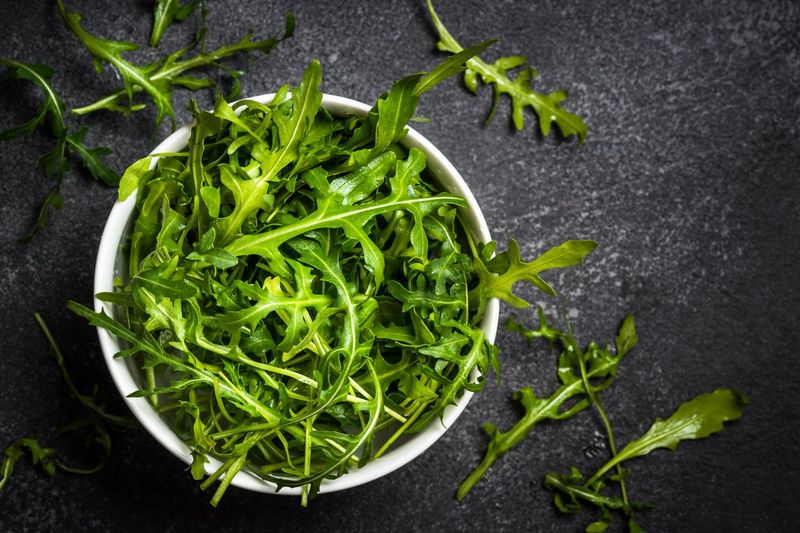
Ancient Romans recognized arugula as both food and medicine, using its peppery leaves to treat everything from digestion issues to low energy. Modern science confirms this leafy green contains glucosinolates that support detoxification and may protect against certain cancers.
Heat quickly degrades arugula’s vitamin K content, which supports bone health and proper blood clotting. Its distinctive spicy flavor also diminishes with cooking, removing one of its most appealing characteristics.
Young arugula leaves offer milder flavor than mature ones, making them more versatile in raw preparations. Try using arugula as a bed for grilled proteins, blended into pestos instead of basil, or tossed with lemon juice and olive oil for a simple side salad.
25. Chia Seeds

Imagine these tiny seeds packing a powerful punch. Chia seeds are a fantastic source of omega-3 fatty acids, fiber, and protein. When consumed raw, they retain their full nutritional profile, making them an excellent addition to smoothies and salads.
Raw chia seeds are also known for their ability to absorb liquid, turning into a gel-like substance. This property aids in digestion and helps keep you full for longer.
In their uncooked form, chia seeds offer the highest concentration of nutrients, ensuring you get the most out of every bite.
Leave a comment